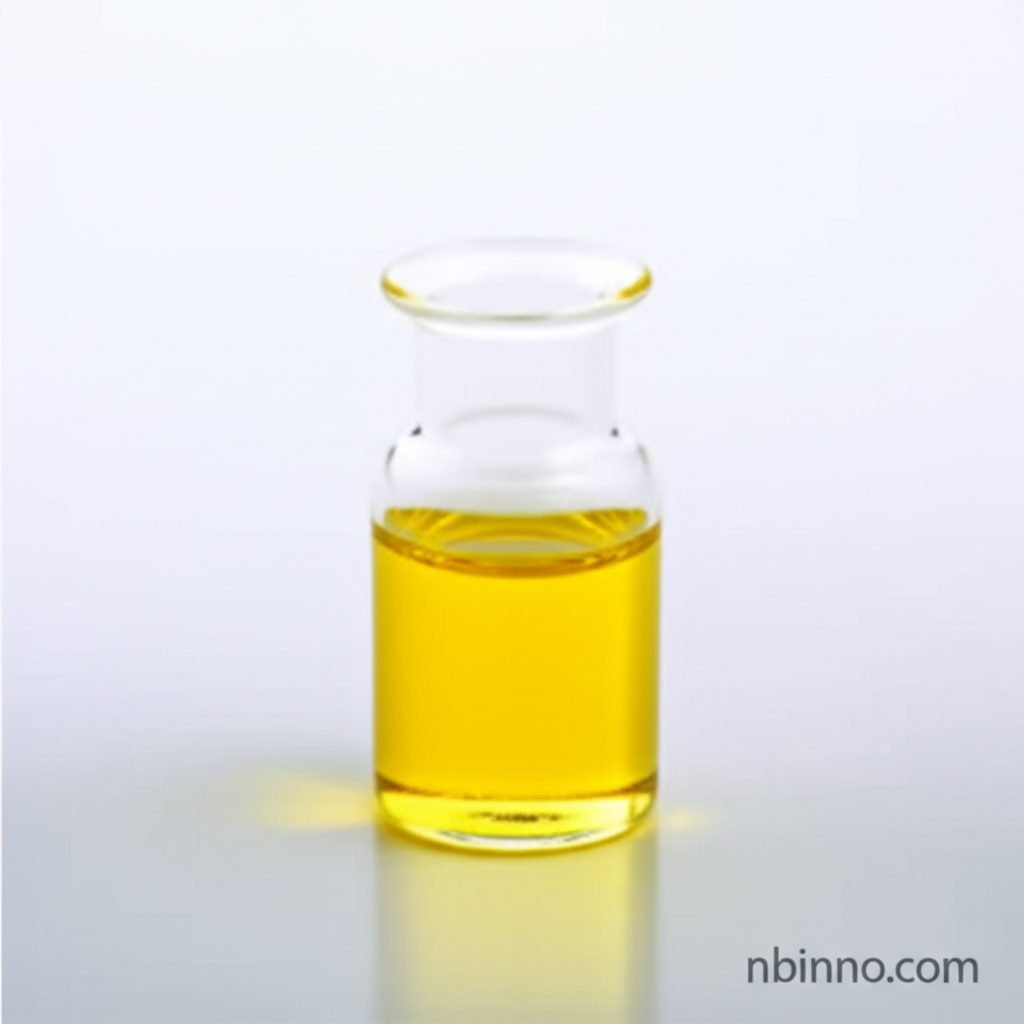4-Trifluoromethoxyaniline: A Critical Intermediate for Modern Chemical Synthesis
Discover the essential role of 4-Trifluoromethoxyaniline in pharmaceutical and agrochemical advancements.
Get a Quote & SampleProduct Core Value

4-Trifluoromethoxyaniline
4-Trifluoromethoxyaniline (CAS 461-82-5) is a vital chemical compound extensively utilized as an intermediate in the synthesis of advanced pharmaceutical ingredients and potent agrochemicals. Its unique chemical structure contributes to the efficacy and properties of numerous end products.
- The synthesis of 4-trifluoromethoxyaniline involves specific chemical pathways that ensure high purity, essential for pharmaceutical applications.
- Understanding the 4-trifluoromethoxyaniline price is crucial for procurement planning in the chemical industry.
- Reliable 4-trifluoromethoxyaniline suppliers ensure consistent quality and availability for manufacturers worldwide.
- Exploring various 4-trifluoromethoxyaniline applications reveals its broad utility across multiple sectors.
Key Advantages
High Purity and Quality
Manufacturers often seek out 4-trifluoromethoxyaniline with guaranteed purity levels, such as 99.5% min, to meet stringent industry standards and ensure product performance.
Versatile Intermediate
As a key intermediate, it is integral to the production of many active pharmaceutical ingredients and complex organic molecules, highlighting its value in drug discovery and development.
Contribution to Agrochemicals
Its role in the synthesis of pesticides underscores its importance in modern agriculture, aiding in crop protection and yield enhancement.
Key Applications
Pharmaceutical Intermediates
The primary use of 4-trifluoromethoxyaniline lies in its role as a crucial building block for a wide array of pharmaceutical drugs, contributing to their therapeutic effectiveness.
Agrochemical Synthesis
It is a vital component in the manufacturing of various agrochemicals, including herbicides and insecticides, supporting agricultural productivity.
Fine Chemical Manufacturing
Beyond pharmaceuticals and agrochemicals, its unique properties make it valuable in the broader fine chemical industry for specialized synthesis.
Research and Development
As a versatile chemical, it is frequently used in R&D settings for exploring new synthetic routes and developing novel compounds.
